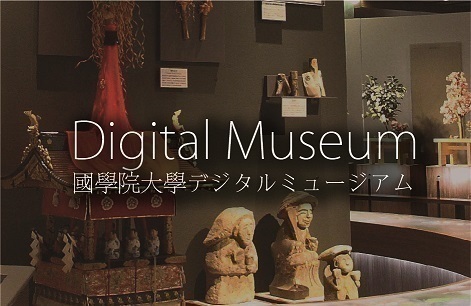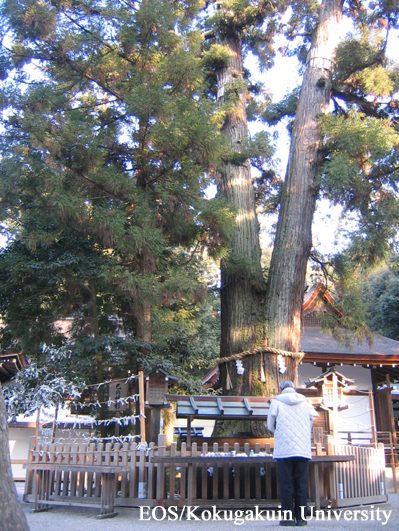- トップ
- Encyclopedia of Shinto
- Shinboku, Shinju
Encyclopedia of Shinto
| Main Menu: | |
| Links: |
詳細表示 (Complete Article)
| カテゴリー1: | 4. Jinja (Shrines) |
|---|---|
| カテゴリー2: | Objects of Worship and Shrine Treasures |
| Title | Shinboku, Shinju |
| Text | Literally, "divine tree." A tree regarded as sacred, as the symbol of sacred territory or a place in which the kami dwell. As such, the cutting or polluting of such trees is avoided. In some cases, however, the term is used to denote the lumber used in building shrines. During the Heian period, the sacred nature of certain trees was used for political ends, as when priests (jinin) of the Kasuga Shrine in Nara carried a sacred sakaki tree to make demands in the capital. Since ancient times certain trees or entire groves within shrine precincts were regarded as sacred, as attested by expressions such as "the cryptomeria revered by the priest (hafuri or hōri) of Miwa," or "the sacred forest (kannabi)" (both expressions found in Man'yōshū), or "He disparaged the way of the kami by felling the trees at the Ikukunitama Shrine" (from the records of Emperor Kōtoku in Nihongi). Sacred trees have been revered on shrine grounds since the ancient period, and today they are frequently encircled by sacred border ropes (shimenawa) or enclosures. In most cases such trees represent very old or large specimens. In other cases, certain specific trees may be linked in some way to the kami of the shrine, such as the shirushi no sugi at Kyoto's Fushimi Inari Shrine and the Ōmiwa Shrine, or the pines of the shrines Ōharano Jinja, Kitano Tenmangū and Sumiyoshi Taisha, the cryptomeria (nagi) of Kasuga Taisha and Kumano Taisha, the tataegi of the Suwa Taisha, and the "flying plum tree" (tobiume) at Dazaifu Tenmangū See also sakaki . — Sakurai Haruo |





